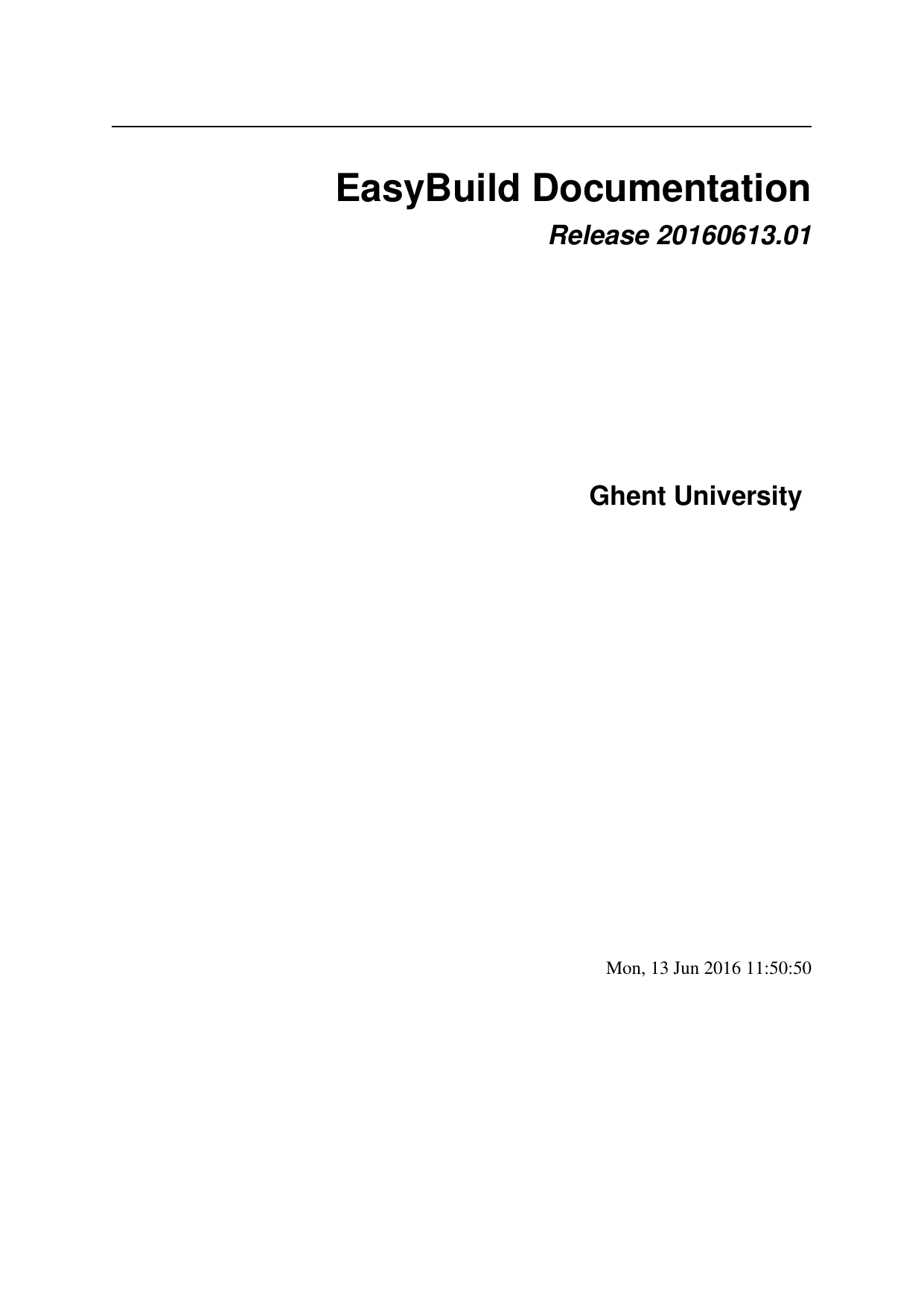

#Python standard library 2.7.9 install#
The archive file is what you as an end-user download from the internet and install - thus, distribution packages are of major importance to the community to share and distribute their projects. This article is about 'Distribution Package', which is a versioned archive file that contains Python modules, packages and other resource files that are used to distribute a particular Release (think of it as versioned projects). However, this article is NOT about such packages. It is the kind of Python package that you import in your Python code. Package is a Python module which can contain other modules or recursively, other packages. The standard syntax looks like this: DataFrame.Before we begin, let's do a quick glossary check and determine what a 'Python package' REALLY is. Pandas lets you calculate a standard deviation for either a series, or even an entire dataframe! If you are working with Pandas, you may be wondering if Pandas has a function for standard deviations. This is very similar, except we use the list function to turn the dictionary values into a list. Standard_deviation = np.std(list(sample_dictionary.values()), ddof=1) To calculate the standard deviation for dictionary values in Python, you need to let Python know you only want the values of that dictionary.įor the example below, we’ll be working with peoples’ heights in centimetres and calculating the standard deviation: import numpy as np # Returns 29.65 Calculate Standard Deviation for Dictionary Values

Standard_deviation = np.std(sample_list, ddof=1) For this example, let’s use Numpy: import numpy as np To calculate the standard deviation for a list that holds values of a sample, we can use either method we explored above. # Returns 2.55 Calculate Standard Deviation for List Standard_deviation = np.std(sample, ddof=1) Now, let’s try this with an example: import numpy as np We apply 1, since we are calculating the standard deviation for a sample (rather than an entire population) ddof is a value of degrees of freedom.This follows the following syntax: standard_deviation = np.std(, ddof=1) Numpy has a function named std, which is used to calculate the standard deviation of a sample. Standard_deviation = statistics.stdev(sample)Ĭheck out some other Python tutorials on datagy, including our complete guide to styling Pandas and our comprehensive overview of Pivot Tables in Pandas! Using Numpy to Calculate Standard Deviation Let’s try this with an example: import statistics xbar is a boolean parameter (either True or False), to take the actual mean of the data set as a value.The statistics module has a built-in function called stdev, which follows the syntax below: standard_deviation = stdev(, xbar) The easiest way to calculate standard deviation in Python is to use either the statistics module or the Numpy library.
#Python standard library 2.7.9 how to#
How to Calculate Standard Deviation in Python? We’ll get back to these examples later when we calculate standard deviation to illustrate this point. Let’s take a look at this with an example:īoth of these datasets have the same average value (2), but are actually very different. However, a large standard deviation happens when values are less clustered around the mean.Ī data set can have the same mean as another data set, but be very different.

A small standard deviation happens when data points are fairly close to the mean. μ is the mean (average) value in the data setĪs explained above, standard deviation is a key measure that explains how spread out values are in a data set.x i represents every value in the data set.σ (“sigma”) is the symbol for standard deviation.The standard deviation formula looks like this: This is where the standard deviation is important. Two data sets could have the same average value but could be entirely different in terms of how those values are distributed. Without it, you wouldn’t be able to easily and effectively dive into data sets. However, a large standard deviation means that the values are further away from the mean. Standard deviation is a helpful way to measure how “spread out” values in a data set are.īut how do you interpret a standard deviation?Ī small standard deviation means that most of the numbers are close to the mean (average) value. Calculate Standard Deviation for Dictionary Values.How to Calculate Standard Deviation in Python?.


 0 kommentar(er)
0 kommentar(er)
